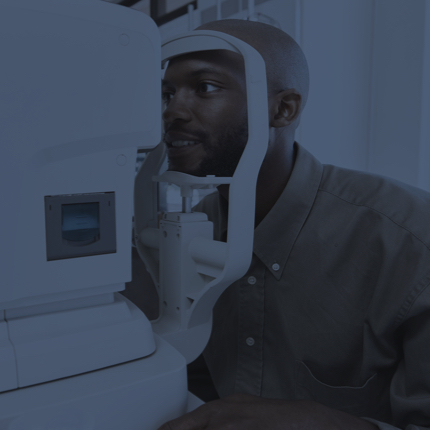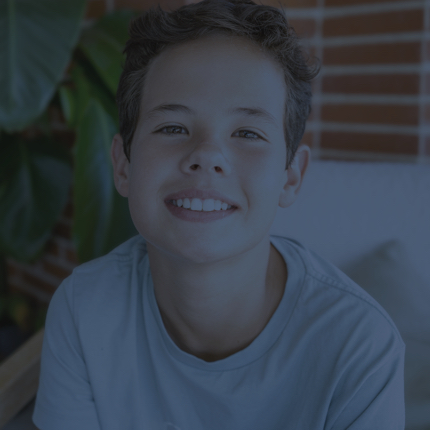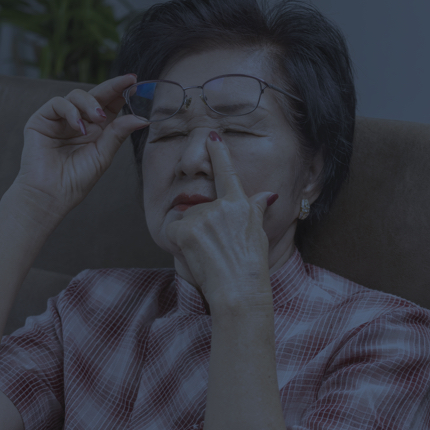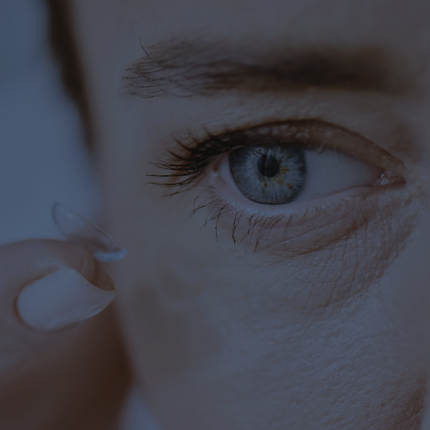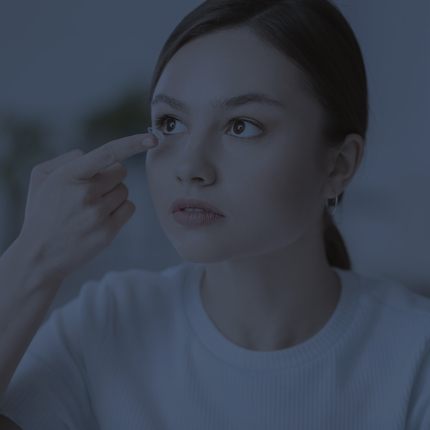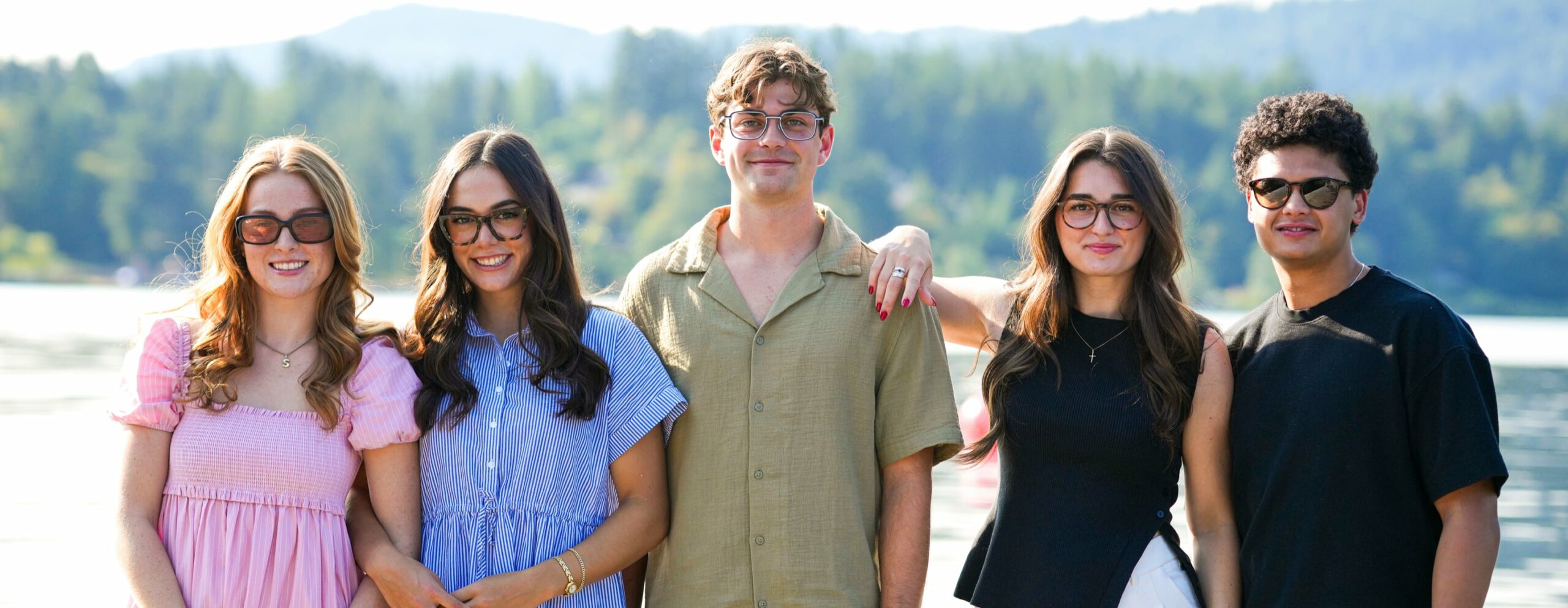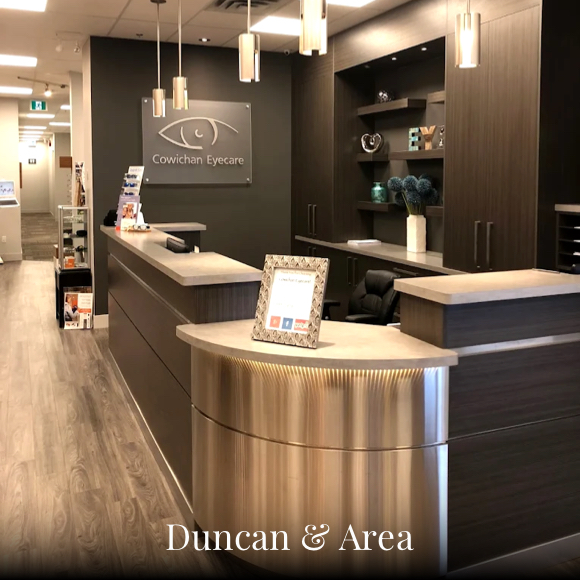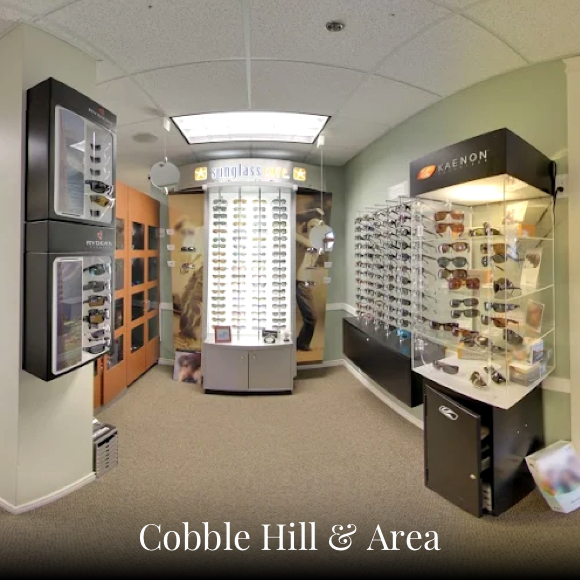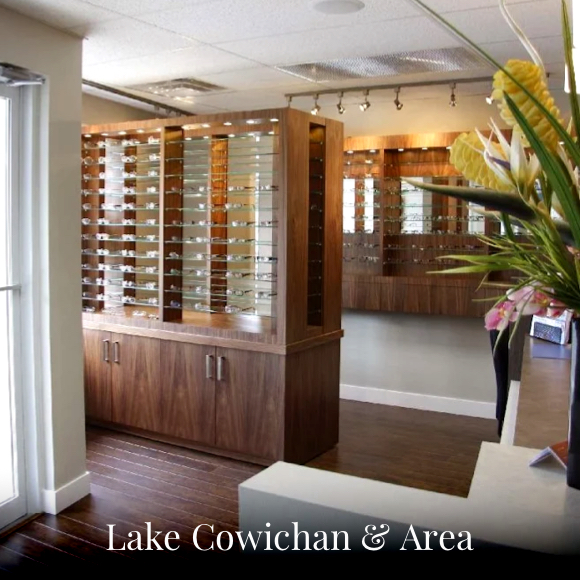Eye exercises can be powerful tools for improving vision when used properly under professional guidance.
In vision therapy, eye exercises effectively address visual concerns like strabismus, amblyopia, eye-tracking problems, and rehabilitation after brain injuries. These targeted exercises help train the eyes and brain to work together more effectively.
However, not all eye exercise claims are created equal. You might hear wellness instructors suggest that simple techniques like rubbing your palms together and covering your eyes can enhance vision or stimulate the optic nerve. While this might provide temporary relief from eye strain, it’s quite different from the structured, evidence-based approach used in professional vision therapy.
It’s important to note that even professional vision therapy cannot improve vision by “fixing” refractive errors or certain age-related conditions.
Eye exercises can be highly beneficial in the right contexts, but they aren’t a universal solution for all vision concerns. A routine eye exam can flag areas that should be further assessed by an optometrist trained in vision therapy, who can determine if vision therapy or corrective lenses are the right solution for your specific needs.
What Are Eye Exercises?
Exercising your eyes might sound strange at first—but just like cardio strengthens your heart and mental workouts boost brain function, eye exercises can help improve how your visual system performs.
Eye exercises involve movements that teach developmental visual skills, including proper eye movements and the coordination between the eyes and brain, supporting binocular vision and oculomotor skills. As humans, we have the potential for binocular vision. Our two eyes must work together to form a single, cohesive image. A breakdown in this process can lead to issues such as double vision, difficulty focusing, reading delays, or eye strain.
In professional vision therapy, examples of targeted exercises include:
- 20-20-20 Rule: Every 20 minutes, look at something 20 feet away for at least 20 seconds to relieve eye strain and balance distance vision with close-up tasks.
- Near-far rock: Alternating focus between near and far objects to improve focusing flexibility and speed.
- Rotators: Training the eyes to work together while tracking moving objects in coordinated patterns.
- Center-peripheral saccades: Rapid eye movements between central and peripheral targets to improve visual scanning and processing.
- Brock string: This trains the eyes to maintain alignment and focus on both near and far objects, improving overall teamwork between the eyes.
While some basic techniques like the 20-20-20 rule can provide temporary relief from eye strain, professional vision therapy uses specialized exercises designed to address specific visual skill deficits. These targeted interventions go far beyond general eye relaxation techniques, requiring proper assessment and guidance from a trained optometrist.
When Do Eye Exercises Work?
Eye exercises can make a real difference in specific circumstances when integrated into a structured framework like vision therapy. Vision therapy focuses on improving the functional relationship between the eyes, brain, and body.
The foundational concept surrounding vision therapy is recognizing that vision is a skill that requires learning, like riding a bike, rather than being innate. The tools, activities, and exercises in vision therapy can help overcome certain visual deficiencies.
Vision therapy harnesses the brain’s ability to form new neural connections. This scientifically-backed method benefits conditions where coordination and use of the vision, rather than clarity of sight, is the root issue of vision concerns.
Strabismus (Crossed Eyes) & Amblyopia (Lazy Eye)
Vision therapy is particularly effective for conditions such as strabismus or amblyopia.
Through exercises, the brain and eyes can learn to work together, addressing visual misalignment or suppression (when one eye dominates and the other is partially ignored). This can lead to vast improvement with treatment and management.
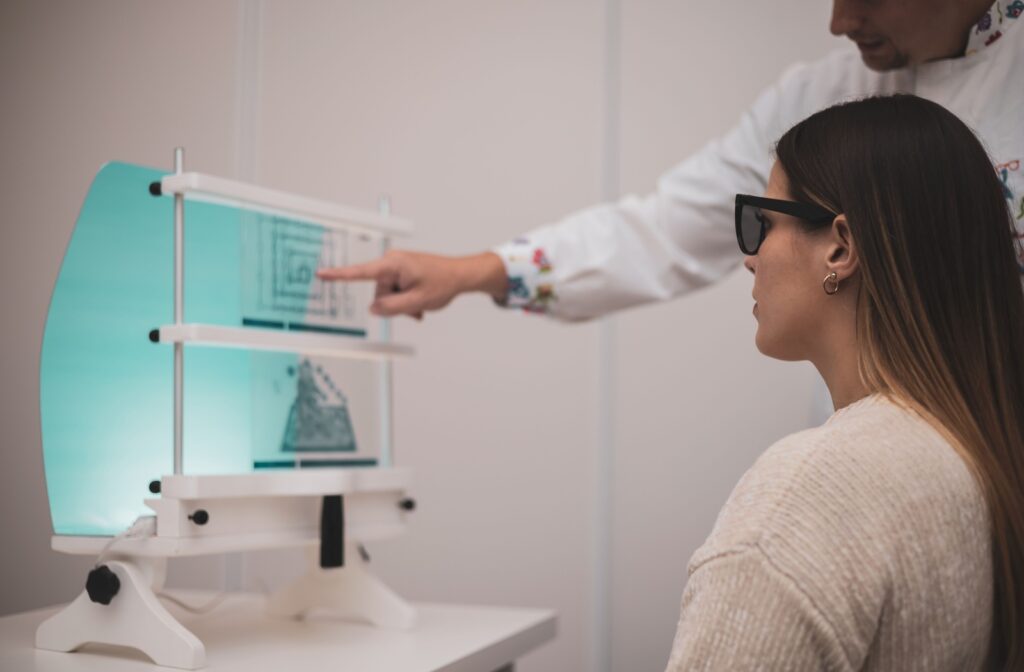
Eye Tracking & Coordination Challenges
People with difficulty maintaining focus on moving objects, shifting between near and far, or reading comfortably often experience relief from targeted exercises.
An example is developing smooth pursuit or saccadic eye movements, which are crucial for reading fluency and sports performance.
Binocular Vision & Depth Perception Issues
Some people struggle with eye teaming, meaning their eyes don’t align or balance their input well.
Vision therapy using tools like peg rotators or prism lenses strengthens this skill, improving depth perception and focus.
Rehabilitation from Brain Injuries
A working relationship between the eyes and brain offers a pathway to process sight.
People recovering from traumatic brain injuries frequently experience visual disruptions, including light sensitivity, dizziness, vision-triggered headaches, and difficulty processing complex environments. Vision therapy provides personalized exercises to rebuild these neural pathways.
Recognizing When Vision Therapy Could Help
Vision therapy can help with reading and learning difficulties (such as frequent headaches or eye strain during reading), eye coordination issues (like double vision or difficulty tracking moving objects), focus challenges (trouble shifting between near and far tasks), or vision-related symptoms following head injuries.
These functional vision challenges often persist even when glasses correct basic refractive errors.
Experience Healthier Vision
If you or someone you care about is struggling with reading difficulties, coordination challenges, or vision-related symptoms, professional evaluation can provide the answers you’re looking for.
These issues may not just be learning difficulties or eye strain—they could be functional vision problems that vision therapy can address. The internet is full of “quick fix” exercises, but you deserve real answers, not guesswork.
At Cowichan Eyecare, we specialize in identifying real vision problems and offering evidence-based solutions that work. That might include vision therapy, corrective lenses, or a personalized care plan.Start with a comprehensive eye exam at Cowichan Eyecare. It’s the best way to understand what’s really going on and find the right solution. Schedule your appointment today and take the first step toward clearer, more comfortable vision.

